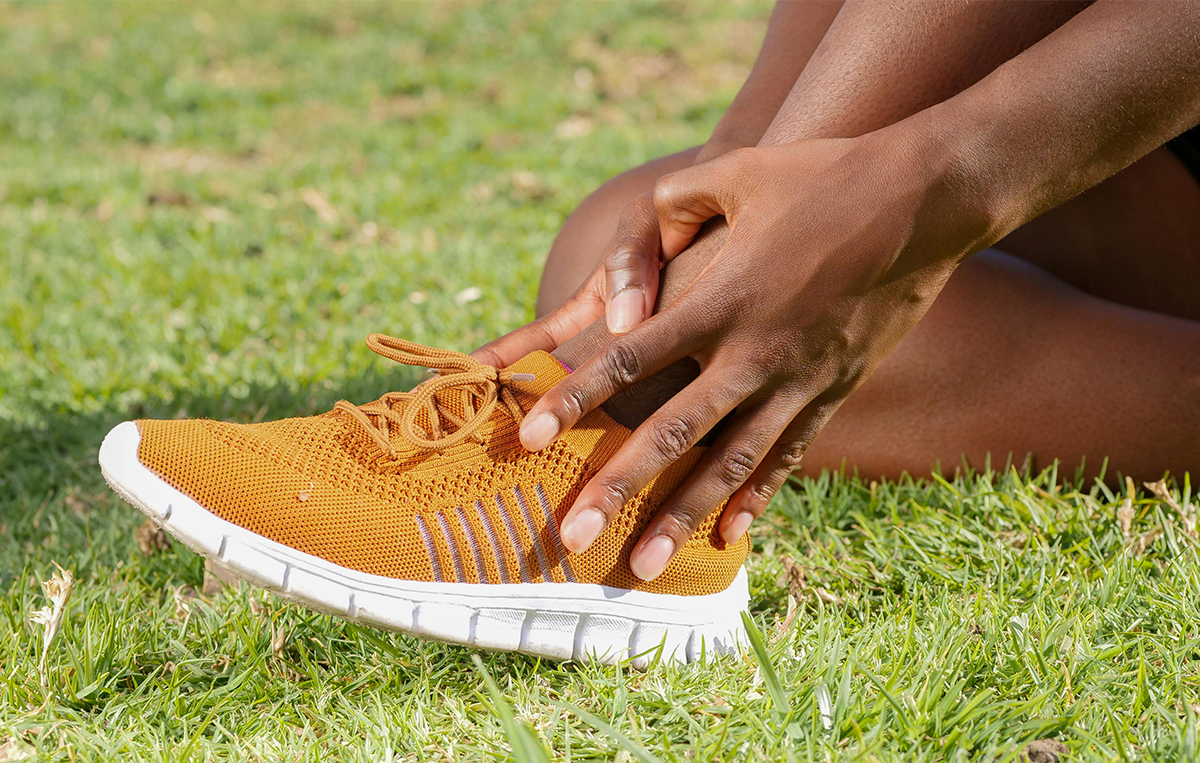Cycling stretching exercises to improve your performance and do away with cycling injuries for good.
If you’re looking to improve your cycling or just seeking to prevent cycling injuries it is important to follow the information in this article. In addition, adding a few simple stretches to your fitness program will also help.
Body bits involved
Cycling requires a great deal of muscular and cardiovascular endurance. Therefore,a combination of speed, strength, and endurance work, along with flexibility training, is essential for success.
The major muscles involved in road cycling include:
- The muscles of the legs and hips.
- The core muscles are important for maintaining balance and power.
- The muscles of the arms and shoulders are important to maintain a support position on the bike when leaning forward, as are the muscles of the hand, wrist and forearm.
Special attention must be paid to stretching the muscles after use to ensure flexibility in commonly over-used muscles.
Most Common Cycling Injuries
The list of common overuse injuries experienced by cyclists includes Plantar Fasciitis, Knee Bursitis, Iliotibial Band Syndrome (ITB), Patellar Tendonitis, Lower Back Pain, and Muscle Strains. Cyclists who experience crashes may also be subject to fractures and traumatic brain injury.
- Iliotibial Band Syndrome (ITB): causes the tendon to pull the knee joint out of alignment and rub against the outside of the knee, which results in inflammation and pain. Read More….
- Knee Bursitis: Bursitis is a condition a fluid filled sac (bursa)that cushions the tendons and ligaments where they cross the bone, become irritated and inflamed. This leads to redness, warmth, and swelling in the area. In some cases the bursa may rupture causing the fluid to leak out and impair the ability of the bursa to cushion. Repetitive flexion and extension of the knee can cause irritation to the bursa on the outside of the knee or on the top of the knee cap. The pain will subside with rest and the inflammation usually responds to ice and NSAIDs during rest. Flexibility training during rehabilitation helps to reduce the chance of bursitis recurring.
- Lower Back Pain: The riding position on the bike, especially during road racing, can cause pain in the lower back due to poor posture or fatigue. Pressure on the intervertebral discs may require medical help to relieve.
- Muscle Strains: Muscle strains are sometimes caused by overstretching or working against an extreme load. They may also be caused by overtraining a muscle and not allowing for rest and recovery. The muscle fibres tear causing inflammation and bruising within the muscle. The resulting pain may lead to a guarding of the muscle and stiffness will set in due to scarring. Muscle strains range from severe, large numbers of fibres and a large area of the muscle, to minor, involving a small number of fibres. Rest, ice, and anti-inflammatory medication are used to treat muscle strains. (For more treatment information CLICK HERE…..)
- Patellar Tendonitis: may be an acute injury, caused by trauma to the tendon. More commonly it is due to overuse, or incorrect pedalling form. The tendon rubs over the bone and causes inflammation that aggravates the condition, leading to a cycle of inflammation and pain. A lot of mileage during training can lead to this condition. Treatment for tendonitis includes discontinuation of the activity that caused the problem, NSAIDs, and ice.
- Plantar Fasciitis: Foot arch pain….Read More
- Traumatic Brain Injury: Landing on your head or being struck by another cyclist after you have fallen leads to many of the traumatic brain injuries in cycling. Always wear a helmet. Traumatic brain injury is a medical emergency and requires immediate medical attention.
Injury Prevention Strategies
Effective, efficient conditioning and safety measures are essential in injury prevention strategies of road cyclists.
- Always warm up prior to training.
- Allow an adequate cool down period and perform after training/competition stretching.
- Effective cardiovascular conditioning will prevent fatigue and other overuse injuries.
- Increasing flexibility in the muscles and joints will reduce the stress on these areas during training.
- Keeping the bike in top riding condition and maintaining it on a regular schedule will also prevent accidents from occurring.
- Learning proper cycling technique is important to prevent overuse injuries and those caused by improper form.
- Stronger muscles will be able to handle the stress of longer rides better than weaker ones.
- Wearing a helmet while riding is extremely important to prevent head injuries.
The Top 3 Cycling Stretches
Stretching is essential to overall conditioning and should be an integral part of any cycling training program. Due to the long period of time spent in the same position, stretching is very important to the cyclist.
Kneeling Upper Hip & Quad Stretch:
Kneel on one foot and the other knee. If needed, hold on to something to keep your balance and then push your hips forward.
Single Heel-drop Achilles Stretch: Stand on a raised object or step and place the ball of one foot on the edge of the step. Bend your knee slightly and let your heel drop towards the ground.
Lying Knee Roll-over Stretch: While lying on your back, bend your knees and let them fall to one side. Keep your arms out to the side and let your back and hips rotate with your knees.




